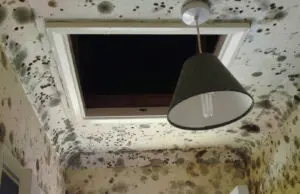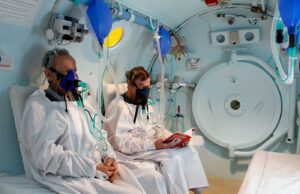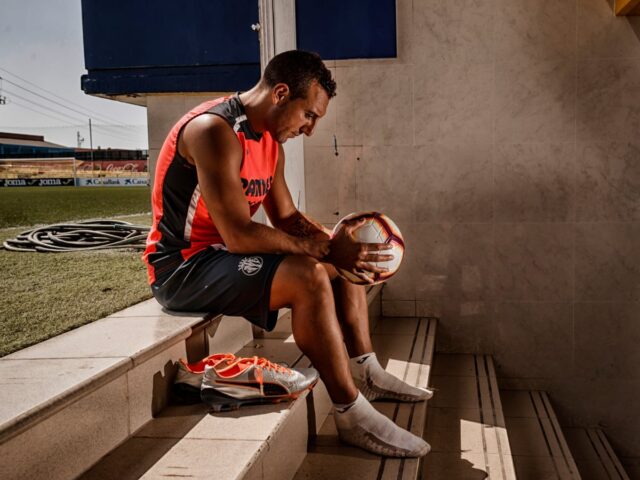
Leg injuries can prevent us from enjoying the activities we love but also hinder our day-to-day activities as well. Healing up quickly from an injury is paramount – trying these lesser known recovery techniques can help get you back up and moving fast!
Healthy legs
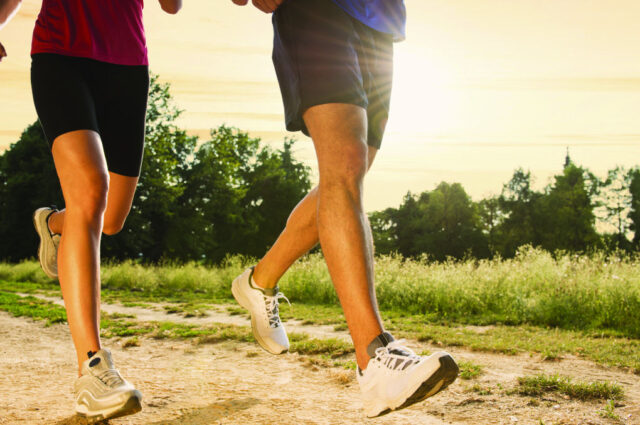
We depend on our legs for the most basic to the most complex of movements – from simply helping us lever up off of a bed when we rise in the morning to developing fancy footwork for sports like soccer. With three different joints – the ankle, hip and knee – 30 bones per lower limb, plus all the soft tissues like tendons, ligaments and muscles, there’s a fair amount that can go wrong during activity that could potentially lay you up for a while.
With all those moving parts responsible for keeping us mobile, injuries can occur during almost any movement if not careful. Simply missing a step can cause a sprained ankle, stopping on the field too quickly with straightened legs can cause a hyperextended knee, turning the wrong way on the basketball court can wrench a hip, and that’s just the tip of the iceberg. Torn muscle fibers, broken bones, deep bruising and more can keep us from the activities we love.
What can we do once we’ve suffered a leg injury? There’s some obvious treatment modalities and techniques, like anti-inflammatories, ice, elevation, seeing a medical professional(!), and rest, but there are some other techniques you can try that may be a little more outside the box to help you get back up and moving.
KT Tape
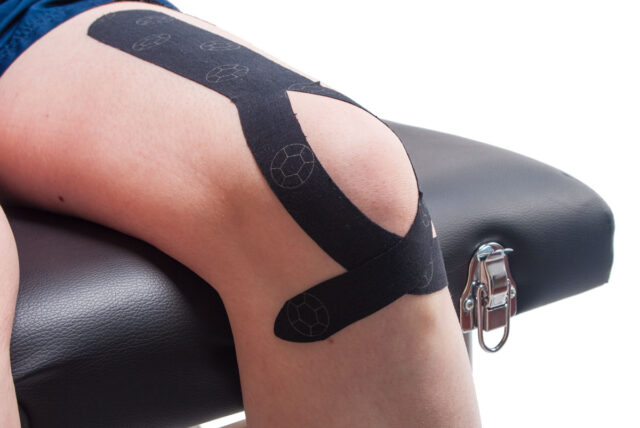
KT tape (or kinesiology tape) has been used for years by professional athletes and is now becoming more and more mainstream by amateur and weekend athletes looking to speed recovery to an injury. At first it may look like it’s just athletic tape to help support a joint but it’s much more than that.
The theory is that when KT tape is applied correctly, it lifts the skin away from an injured area, causing decompression and helping increase blood flow to the injury which can speed healing and reduce pain. The tape can also provide support (like a leg compression sleeve would for a calf injury) and provide compression which can reduce inflammation as well.
While not indicative for all injuries, there are hundreds of success stories where KT tape has increased healing time dramatically for soft tissue injuries such as muscle trigger points (AKA ‘knots’ or ‘tight spots’ where severe pain and cramping are felt during motion), tendon and ligament overextensions and even muscle bruising.
Kinesiology tape can improve muscle function as blood flow improves, and can reduce the pain experienced by deep muscle bruises. The tape can improve stability in ankles and knees as the joints heal from injury, which can prevent any loss of progress during an exercise program and help surrounding muscles get stronger to better support the joints.
KT tape is meant to be applied and left on the injury until soiled or until the tape peels off.
Cupping
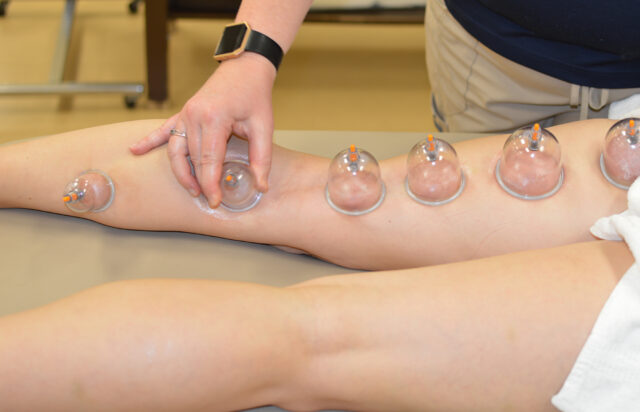
Cupping, or the art of placing heated domes on the skin over irritated tissues to promote healing, is highly debated as being effective. Many professional athletes swear by it, and even some family practitioners are beginning to integrate the therapy into their medical practice. Cupping has been around a LONG time (as far back as 1500 BC!), falling into the category of complementary or ‘alternative’ medicine and therefore often discounted.
When utilizing cupping, the practitioner will heat the cup with a flame source and then place the cup on the skin above the affected area. As the air inside the cup cools, a suction occurs, drawing the skin upward into the void of the cup. As with the use of KT tape, the idea is that this draws the skin away from the injury, promoting better circulation and breaking down the fascia which can cause inflammation.
This therapy can cause unsightly bruising but for both professional athletes and occasional exercisers can find treatment beneficial and quite comforting at the same time.
Dry Needling
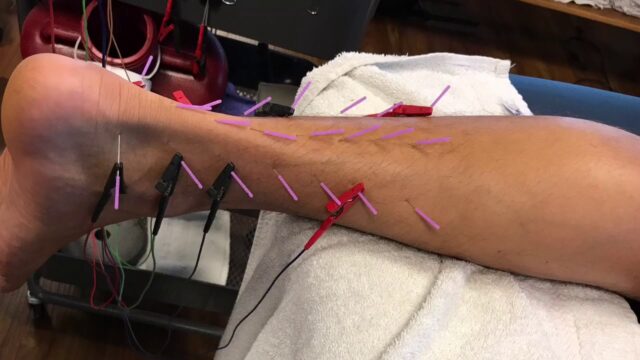
This is NOT acupuncture! While the needles used are the same, the application is very different. The needles are referred to as ‘dry’ because they aren’t hollow like those for injections. Dry needling uses super fine gauge needles that are inserted gently into trigger points (muscle knots/tight spots) repeatedly until the needle hits the core of the trigger point, causing a tight muscle spasm and then relaxation of the tight spot. It’s a tool used by physical therapists (in conjunction with other stretches and therapy techniques) to more quickly relax sore muscles when massage, heat/ice and muscle manipulation have been unsuccessful or not sufficient treatment. As someone who has firsthand experience with dry needling, it is an AMAZING treatment choice, as long as you don’t have a problem with needles.
The physical therapist manipulates the trigger point with their fingers to best determine the insertion points and then moves the needle in a cone-shaped pattern to locate the center. The needle insertion itself doesn’t hurt, and most of the time you can’t even feel it at all….until the needle hits the trigger point. The muscle contraction is intense and can be incredibly painful but only for a brief moment. The relaxation after the contraction is immediate in many cases and can cause the trigger point to disappear entirely after a few sessions, where massage therapy may take twice or even three times as long to be successful.
When investigating dry needling, make sure you find a practitioner who has undergone rigorous training – there are serious dangers to using dry needling incorrectly. Find a reputable physical therapist. And remember that dry needling is not indicative for all injuries but it’s a great tool if it’s the right one for you!
Compression wear
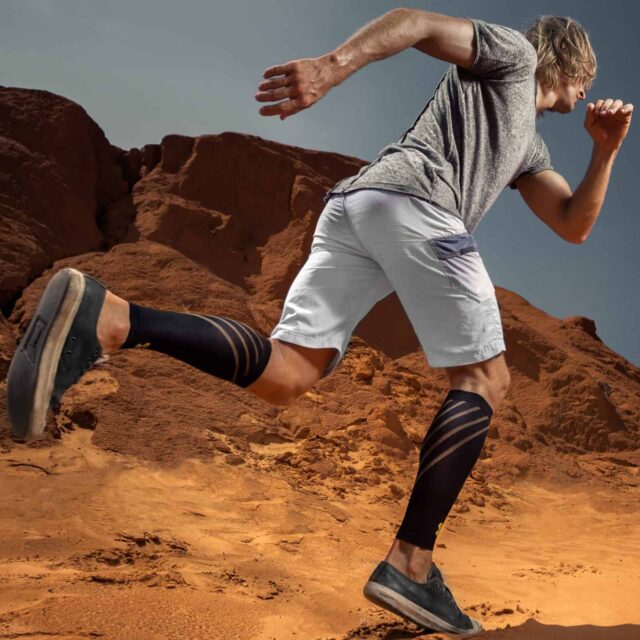
Often, the first thing someone will reach for after experiencing a leg injury is some kind of compression leg sleeve or brace. Twist an ankle? Slap on an ankle brace or wrap it tightly with a long tape. Wrench a knee? Pull on a knee brace. Pull a calf muscle? Slide on a full leg sleeve like this one from CopperJoint.com. We know compression items can work to support the affected area to prevent further injury, but do they actually work to help the healing process too?
The short answer is a definite YES.
Compression wear has been well-researched to help with circulation and lymphatic draining. As it compresses the tissues, it helps blood flow from areas farthest away from the heart (lower extremities in particular). They also help post-movement tissue recovery as well.
Plus, compression sleeves just feel good for a lot of athletes. The tight fabric around sore muscles can feel supportive and ache-relieving for a lot of folks.
When you enjoy being active, experiencing and recovering from an injury can be incredibly aggravating. Integrating some of these techniques can be a game changer for those recovering from an injury during sports and exercise. Stay active, my friend!






